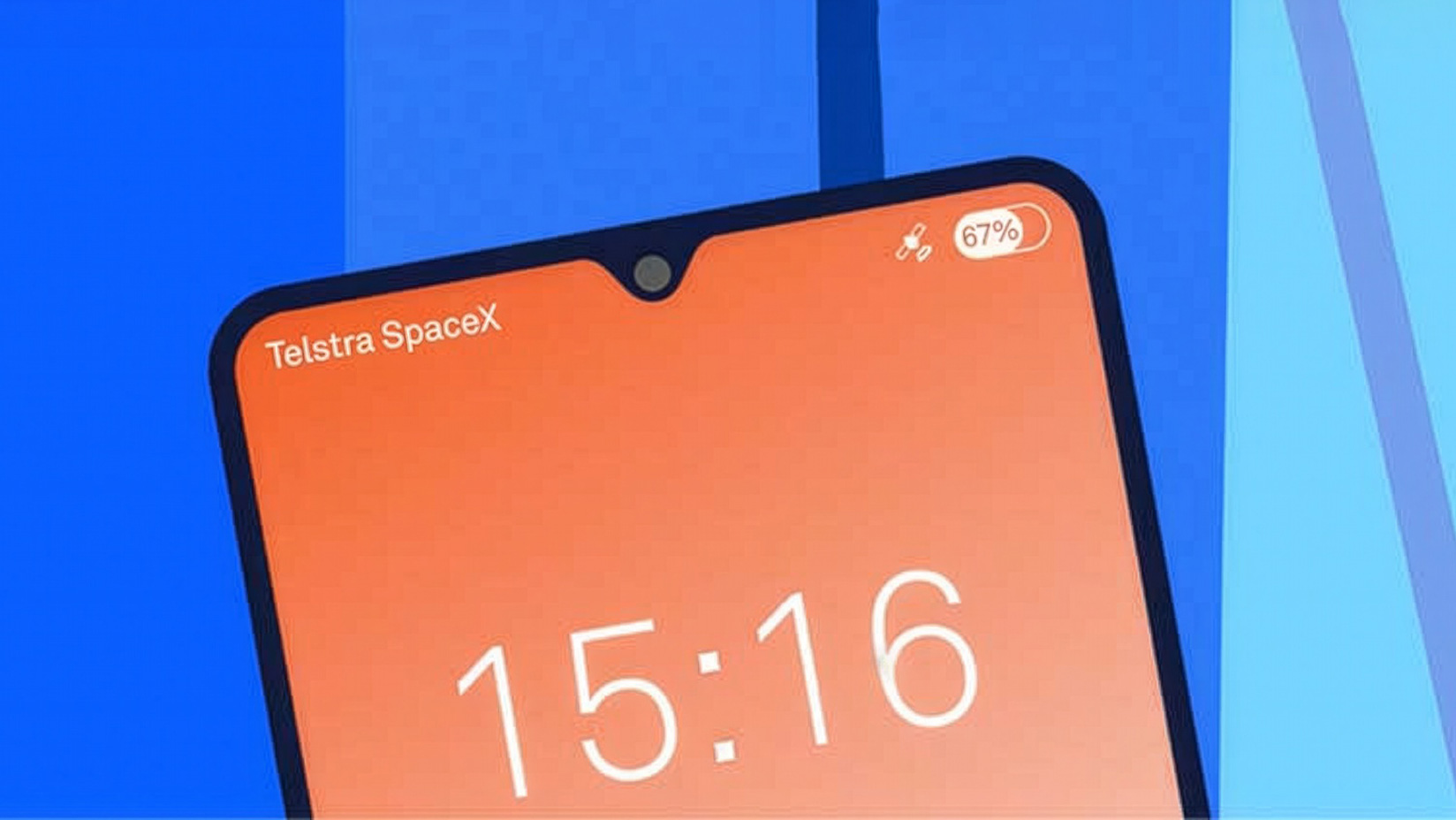Upgrading your network? This is what your vendors should be telling you. But are they?

Transforming the network will be on every organisation’s agenda sooner or later. How you approach it at the start will determine the outcome at the end. Here are some of the issues we think that your vendor and managed service provider should be raising when you decide to upgrade.
Be specific with your goals
The most important thing is to define your outcome. So, the key question to ask is: Why do you want to change in the first place? And be specific.
This may seem obvious, but it’s amazing to see how many organisations don’t put enough thought into this first step.
Is application performance your prime concern? Do you want more resilience in the network? Or maybe you’re putting on new capabilities that need more capacity such as CCTV, smart WIFI/BLE and signage.
Whatever your main focus, it will determine the mix of technologies and vendors you choose. So be clear from the start.
Bandwidth isn’t always the answer
Many think that bumping up bandwidth will solve their problems. But again, in our experience, it’s best to think things through.
Is it better to increase capacity by a large amount on one link, or will two separate links with less capacity or lower grade of service do? Two lower capacity links will not only be cheaper, they’ll give you more resilience. With the right vendor based solution this may be even better performing.
In fact, at Telstra, we believe it’s smarter to think in terms of connections rather than bandwidth, especially for the long term. Bandwidth is generally a short-term fix.
You’ll definitely need to focus on connections if you’re considering SD-WAN. How will you use those connections – as active/active or as a failover? In our experience, many vendors don’t sell active/active links that work as well as you would think. Others do, but only on the latest release of their boxes - which can be more expensive. Don’t forget that vendor devices and licensing may be priced on a bandwidth basis and the higher the bandwidth the higher the price just for the edge device.
Don’t forget performance benchmarking
Benchmarking was common years ago, but not so much now. It’s an unwise omission. Benchmarking your current experience will give an idea of what needs to be done to meet your desired level of performance. The network is your connectivity piece for the applications that your business uses, so create scenarios and include your future roadmap of projects.
Benchmarking will also help determine which solution providers to approach. Apart from assessing the technologies they sell, check whether they can upgrade performance end-to-end throughout the agreement period, or do they only do part of the job.
Security shouldn’t be an afterthought
As people connect from anywhere to anything, it’s opening up the network to threats. The smart play is to factor in security at the beginning.
The first step is due diligence. That may mean penetration testing or security audits. Everyone has budget or time constraints but understanding your current and potential vulnerabilities really needs to be considered upfront.
Ensuring security may not mean a massive change – you just have to be aware of the gaps. One thing is certain, upgrading the network is an opportunity to fine-tune security.
Be clear on network management
When upgrading the network, think about who’s going to manage it. If you’re doing it yourself, will you have enough feet on the ground? Will you have the requisite skills?
If you’re getting a managed service, be specific about what that means. Are you prepared to take on some of the work, or do you want everything done for you? Also, think about the service levels you want – whether proactive or reactive.
Comprehensive management may cost more, but will it deliver better value in the long run? If you have multiple carriers, or limited IT staff, or if you want a deeper understanding of your environment and where it needs to evolve, a full service may suit.
Just as important, evaluate the managed service you want. Expectations are often based on the service from the current provider, but that’s not necessarily a good benchmark. The point is this: good is not simply what you’re used to.
Consider contract flexibility as well when deciding on a provider. Telstra is very flexible. We understand that change is constant, so it’s easy to adjust contracts with us to match your evolving needs.
If you select a provider solely based on price, you may commit to a contract that doesn’t deliver in the future. Ultimately, that’s a false economy.
Think beyond the network
The network should be viewed as tool to deliver business outcomes. If you’re going to upgrade, consider what other tools you’ll need, both now and in the future.
For example, are you going to deploy IoT? Or adopt new capabilities like Virtual Reality, SaaS and cloud based unified comms? As technology constantly evolves, so will your business goals.
What’s crucial is that you outline your goals when talking to a vendor. With Telstra’s customers, I always stress the importance of being open about where they want to go. I urge them to think about what else is possible. Or at least talk to us, so we can help them explore what else may be possible.
This is where we think Telstra offers real value. As Australia’s leading telecommunications and technology company, we have expertise and vision across multiple technology domains. We not only focus on addressing current challenges, but also on positioning our customers for future change.
We also have one of the largest network of accredited support partners in Australia for telecommunication services. We can choose from an array of specialist partners for advice and implementation. And it doesn’t matter how large or small the project is, from enterprise-wide deployments to custom professional services for single sites.
The same applies to managed services. We don’t just cater to the big end of town, our partners can provide IT support for smaller organisations.
In fact, it’s an advantage for smaller organisations. On the one hand, they gain personal support from partners who understand their business and can translate that into the technologies they need. On the other, they’re backed by the full resources of Telstra.
View it as an opportunity
If you’re going through the headache and cost of a network upgrade, make sure you make the most of it. Use it as an opportunity to move the business forward on multiple fronts, not just the network.
But to do that, you must think it through. Be clear about what you want now and in the future. And evaluate every option.
If your vendor isn’t helping you with the process, consider another vendor. Otherwise, you may lock yourself into a direction or technology that may not be relevant over time.
Click here to sign up for a no cost, no-obligation 60-minute network consultation with one of our network experts, where you will receive a personalised summary of findings compiled into an Assessment Report tailored exclusively for your organisation and get guidance for next steps to improve end-user experience across the network environment for current and future states.


